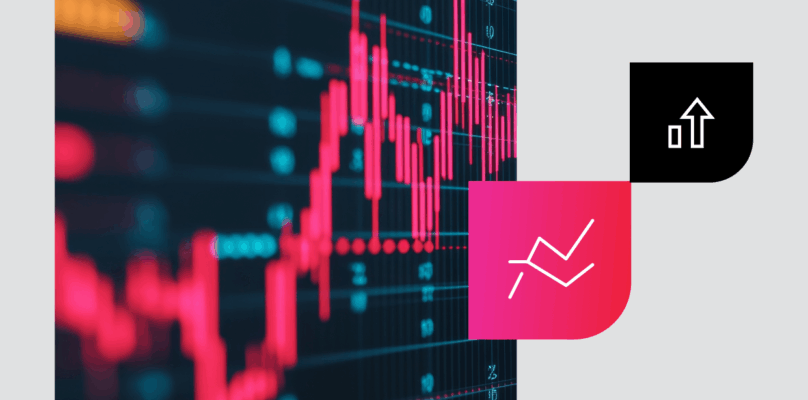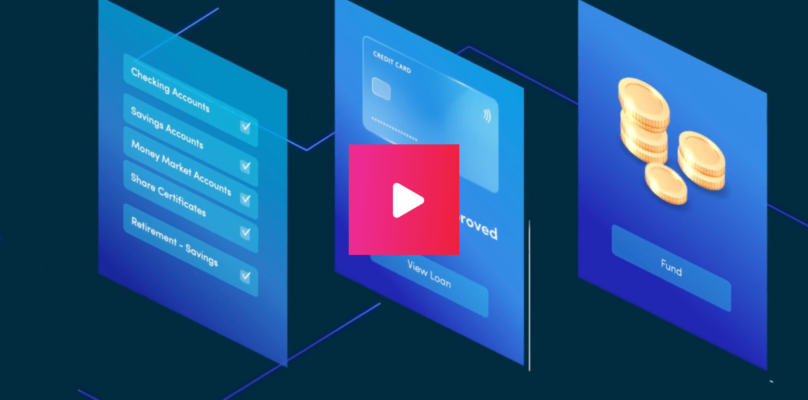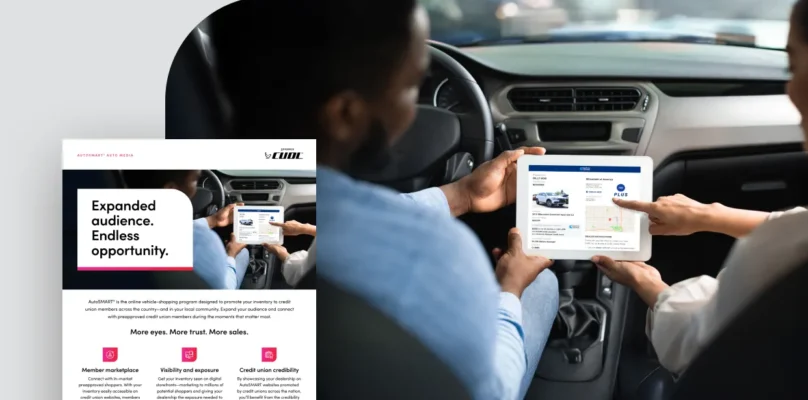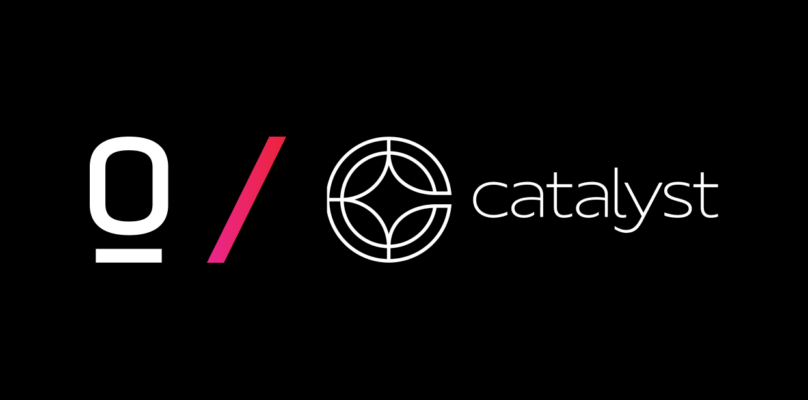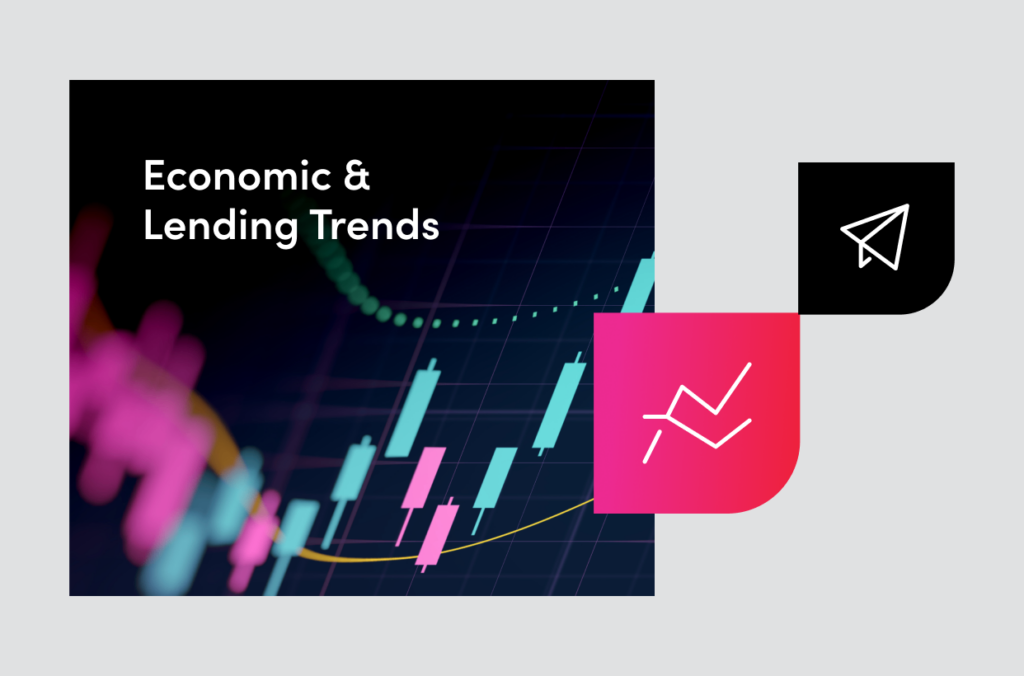The chance of a recession hitting the U.S. economy is a bit less than it was three months ago, according to Elliot Eisenberg.
In July, Eisenberg, president and chief economist for GraphsandLaughs LLC, told an Origence webinar audience: “We are not in a recession yet, but we will get there.”
In a recent Origence webcast, Eisenberg equivocated just a bit, saying while he still believes a recession is possible, he is less certain because many “good things” have happened to the economy. In any event, no one running a credit union should assume the possibly looming recession will be anywhere near as bad as 2008-09, Eisenberg was quick to add.
Consumers Buying Cars, Other Products
The major reason a recession hasn’t happened yet despite months of the Federal Reserve raising interest rates, usually a recession trigger, is due to the COVID pandemic profoundly affecting the economy. Consumer spending has remained resilient even as interest rates have climbed in 2022-23, Eisenberg noted. Again, many factors date back to the pandemic shutdowns and government efforts to stimulate the recovery. Many people have excess COVID savings, and there is still pent-up demand for services.
“I think this runs out at some point, but so far, so good,” Eisenberg assessed.
U.S. vehicle sales are the “quintessential example” of what Eisenberg calls the “COVID hangover” affecting the economy in a positive way. With rates rising, typically sales plummet. However, since auto availability had huge delays due to supply chain disruptions, there remains pent-up demand for new autos.
“Auto sales are pretty strong. They may start to weaken with auto loans costing more with interest rates so high, but sales are keeping the economy strong.”
Elliot Eisenberg
Used car prices have declined significantly in recent months, and Eisenberg believes they will continue to drop.
‘Unsustainable One-Off Factors’
Real personal consumption expenditures, a key component of GDP, remains strong, which Eisenberg said is mostly due to unsustainable one-off factors. He noted household balance sheets shot up during COVID, but savings rates have dropped dramatically. Deposits that flooded credit unions in 2020 and 2021 have reversed.
The drop in savings, combined with increased credit card balances, is a “worrisome” sign for Eisenberg.
There is a lot of good news, he said. Inflation has fallen dramatically from its peak of 9.2% in June/July of 2022 to 3.7%, but wages still aren’t keeping up with inflation. On the other hand, inventory-to-sales ratios have stopped improving as the cost of goods is declining, oil prices should remain in their normal range, and U.S. manufacturing is starting to rise.
“There is a lot of good news in the last two or three months, which decreases the chance of having a recession or making it less severe if it does happen.”
Elliot Eisenberg
On the other hand, both imports and exports are down, suggesting weakening growth and a sign of coming recession. The Small Business Optimism Index is well below its long-term average, CEO confidence is near its 40-year low, and the Conference Board’s Leading Economic Indicators index is dropping quickly.
“There are a lot of reasons why we won’t have a recession, but a lot of data says we will.”
Fed Policies Will Be Key
Fed rate hikes and recessions generally “travel together,” Eisenberg noted. In the past century, 10 out of 13 times, tightening preceded a recession. The yield curve (1-year Treasury yield vs. 10-year Treasury yield) is inverted and has been so for a year, not a great sign historically. So why haven’t we had a recession yet, given so many time-honored signals? According to Eisenberg, there are a lot of reasons.
First, it takes a long time for the effects of tightening rates to impact the economy. The shortest gap from the start of Fed tightening to a recession was 11 months. The typical gap is 24 months. The current rate hike cycle began in March 2022, and its impact will continue to drag down growth for the coming 12 months, he predicted.
Second, labor markets are still strong. The unemployment rate is still low at 3.8 percent. The quit rates, which skyrocketed as the economy recovered from COVID shutdowns, have slowed significantly.
Wage growth is still too high, which affects inflation and will encourage the Fed to keep interest rates high. Wage growth has fallen to 4.2 percent, but it needs to come down more, he said.
The Labor Force Participation Rate (LFPR) has “pleasantly risen,” Eisenberg assessed. LFPR is almost where it was prior to COVID, which is putting downward pressure on wage growth.
“This is a very long, slow process. I hope we don’t have a recession, but if we do, it won’t be that bad,” Eisenberg said. “It won’t last that long. Maybe a one percent decline in GDP lasting eight or nine months.”
The good news about inflation is some of the pressure on the Fed is loosening. Still, the Consumer Price Index (CPI) is 4.1 percent, which is still significantly above the Fed’s preferred level of two percent.
“We have to get the Fed into a better mood before they will lower rates,” Eisenberg joked. “I think the Fed will do nothing. It will not raise rates at its next meeting, which ends November 1. They might raise rates at the December meeting. What really matters is how long rates remain high. The longer rates remain high, the better chance of a recession.”
Another worrisome factor is that the money supply is shrinking quickly, which he said threatens the economy.
The housing market continues to lack inventory. Existing home inventory remains “ridiculously” low, which Eisenberg asserted is a “huge” problem. No one is selling in large part because many people refinanced to very low, long-term interest rates during COVID, which means they do not want to sell due to “golden handcuffs.” For the same reason, there is almost no mortgage refinance activity.
On the same webcast, David Adams, senior vice president of lender client experience for Origence, said CUDL credit unions collectively continue to be the No. 1 auto lender in the country.
“Credit unions still continue to dominate the landscape when it comes to auto lending.”
David Adams
“Obviously, there are a little bit of headwinds with liquidity, which is not a surprise to anyone on this webcast.”
The pace of funded loans by credit unions has dropped as 2023 progresses, Adams added.
What should credit union leaders be ready for? Eisenberg predicted 2024 will not be a great year; the Fed may raise rates again, and job growth should keep slowing.
“I’m a little more optimistic than I was, but I’m still not wildly optimistic about avoiding a recession.”
View the webcast recording here.
